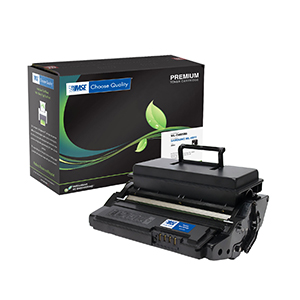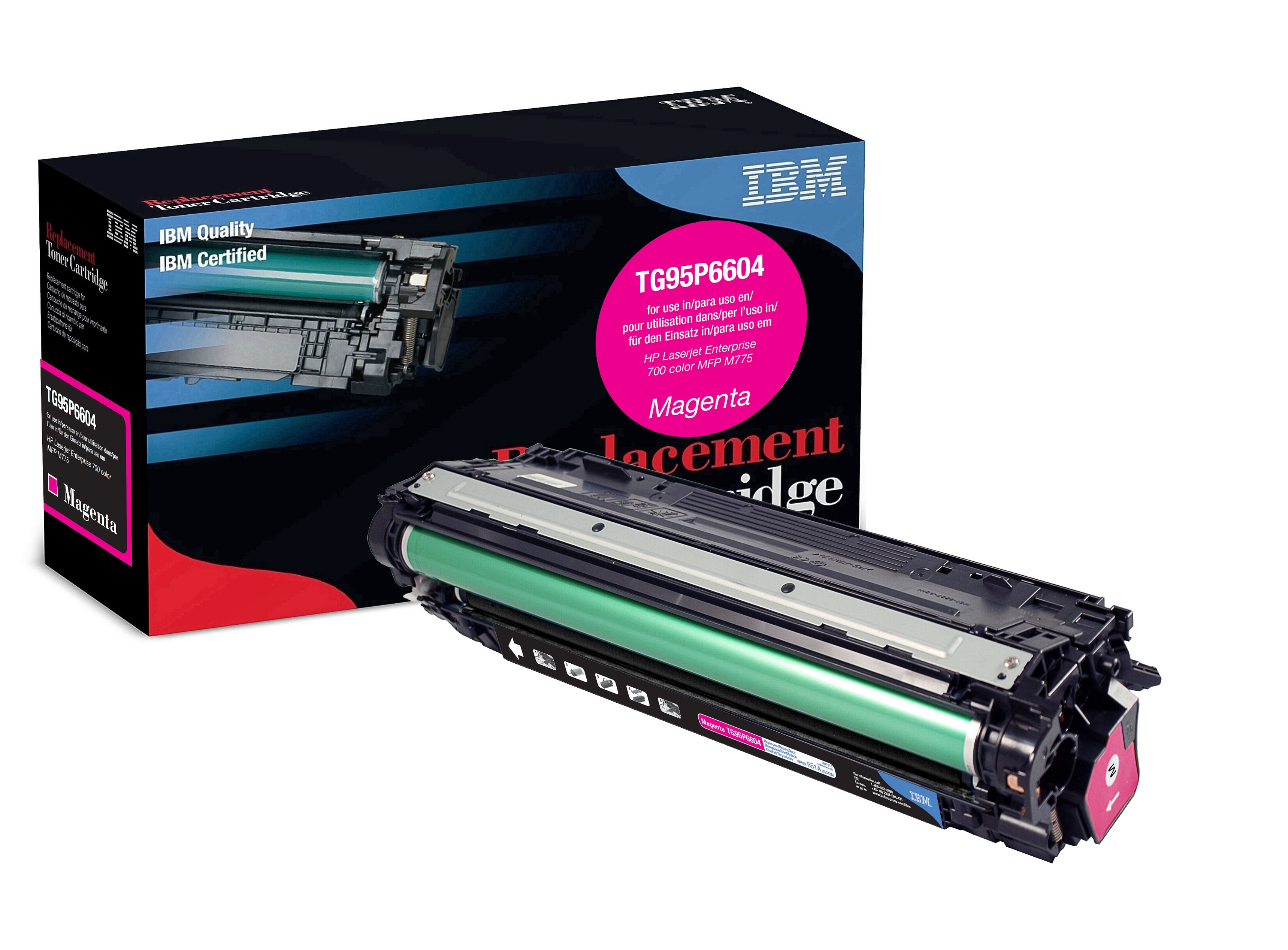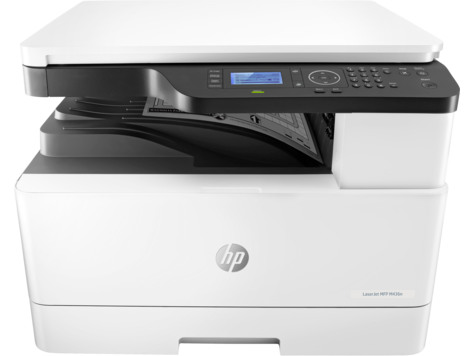The future of the industry: What I know for Sure
Author: Tricia Judge
What I know for sure is…that the question of what the future holds for the industry is by far the most-often asked question I encounter by association members, industry investors, analysts and event attendees. Like everyone else, I have had my opinions and scenarios. Like everyone else, I have no crystal ball.
Right now, I know for sure that the imaging supplies industry is at a real crossroads. The competition between new-built and remanufactured cartridges has come to a tipping point. The proliferation and greatly-reduced cost of new builds has greatly reduced the market share of remanufactured cartridges.
There are two very real possibilities for this “war,” but neither is an absolute. The outcome will be dictated by whether Canon wins its recent suit against the host of new-build manufacturers it has sued for patent infringement.
 First, let’s consider that Canon will lose. Ninestar has hired fine attorneys from fine firms. They are going to attack Canon’s patents, and attempt to get them declared invalid. They are also going to fight at the U.S. International Trade Commission and attempt to stop Canon from securing a general exclusion order.
First, let’s consider that Canon will lose. Ninestar has hired fine attorneys from fine firms. They are going to attack Canon’s patents, and attempt to get them declared invalid. They are also going to fight at the U.S. International Trade Commission and attempt to stop Canon from securing a general exclusion order.
Canon does not have an airtight case. This new action attempts to revamp the patents it claims are infringed and pre-date them. Neither is the issuance of an exclusion order a foregone conclusion. Both companies have war chests, and the fight will be mighty.
A Canon win might mean that some new-build cartridges will be admitted into the U.S. without worry about intellectual property concerns. At the lower price points these offer, the already beleaguered remanufacturing industry could shrink even more.
Or maybe not? The remanufactured industry offers one feature that new builds can never. They are environmentally friendly. Some consumers and institutional buys want that.
A major U.S. buyer recently invited me to speak to its 600 purchasing agents. They currently buy only 3 percent remanufactured cartridges. They want that number increased dramatically. Remanufacturers could still enjoy a healthy niche market.
Now let’s consider that Canon wins. Canon has also got some fine attorneys. They did not bring this suit to back down from it. And the law favors their positions in civil court and at the U.S. International Trade Commission.
As the aftermarket developed workarounds after Canon succeeded in its first round of lawsuits, Canon began filing “continuation” patents specifically targeting the non-tilting dongle designs. Although filed with the patent office after the aftermarket designs were released, these continuation patents are treated as though they were filed in 2006 – when Canon first filed for protection on the dongle gear design.
There was no prior art for the non-tilting dongles that dated back that far. And it’s a well-settled rule of patent law that a patent holder can file a continuation application claiming its invention in a slightly different way.
By obtaining patents covering movement of the dongle toward or away from the OPC drum, Canon has put the aftermarket manufacturers in a very difficult position. How will the aftermarket design a dongle gear that doesn’t rely on such movement, while also providing smooth installation and removal of the cartridge from the printer? Moreover, even if new build compatible manufacturers come up with yet another functional design that gets around one or more of Canon’s patents, there is nothing stopping Canon from filing even more continuation patents covering those new designs.
A Canon win means one thing for sure. As it was before the arrival of the new-built cartridges, remanufactured cartridges, with reused OEM gears, may once again be the only legitimate competition for new OEM ones.
We could look to Japan for guidance on this. AJCR, the Japanese association, has been hard at work promoting its remanufactured status. And it even recently was awarded an environmental award along with Canon! The association has done a great job keeping infringing products out and informing customers of the pitfalls of new builds in the age of Canon’s litigation.
Remanufactured cartridges would once again reign as the best alternative to new. A remanufacturing renaissance might follow. Although new builds will forever be found on the internet, they will not make it into the mainstream marketplace.
The market moving forward: Find Synergy with the OEMs and New Partners 
Win, lose or draw on the supplies front, success no longer turns on selling more cartridges. It means selling solutions.
Like our brethren in the copier industry, dealers have been forced to choose, adapt and reorganize their businesses. The BTA’s Office Technology Magazine just ran articles on the great industry “reboot.”
Both OEMs and independent dealers of imaging products are no longer offering just printers and cartridges. They have to give their dealers and customers more, so they are rounding out their product offerings with services. They are selling managed print services (MPS) or even managed network solutions (MNS). Enlightened dealers are going up the IT food chain within their customers to provide tailored-fit solutions. No $3 cartridge can compete with that!
“What we have seen emerging as a macro trend over the last couple of years is the delineation of business models between transactional resellers and service providers who are selling solutions that are contractually based,” said Luke Goldberg, executive vice president of global sales and marketing
for Clover Imaging Group. “The transactional model is continuing to suffer from extreme commoditization and the ‘Amazonization’ of things. This model will seek to add value by layering services, which might include subscription-based delivery of print, programs such as auto supplies replenishment, and more.
LMI Solutions CEO Gary Willert shares this opinion regarding selling boxes versus selling solutions. “Regardless of the type of consumable being sold (OEM, remanufactured, etc.), from the end user’s point of view, the products are commoditized,” he said. “The internet has provided these customers with ‘perfect knowledge’ of substitutes and pricing to the dealers’ offerings. Selling consumables as part of a services offering—whether it is full managed print services or automatic replenishment for supply chain efficiency—adds true value, differentiation, and an annuity stream for the dealer.”
In the services arena, Willert sees dealers of remanufactured cartridges have an advantage. “When offering these types of services, the dealer will soon discover that remanufactured consumables are in fact not a commodity. The true yield and quality of the cartridges matter, because the dealer is now managing all of the risk associated with those factors—not the end user. Dealers will discover that quality, high yield remanufactured cartridges provide them with the lowest cost per page and the highest quality for a services-based business model.”
As the OEMs and copier dealers are offering everything from printer fleet management to security of data, so too must the aftermarket. “On the contractual side of the business, we will continue to see everything offered as a service model take hold,” Goldberg said. “More and more dealers will seek to become more than print service providers, they will seek to evolve beyond the device, to the user, and finally to the document. Outside of print more dealers will become true MSPS (managed service providers) that will seek to address user pain points pertaining to the document and beyond it to security, workflow, etc… In today’s world, even more evolved service providers are very centered on the “things” we sell; supplies, hardware, parts, even software. The dealers of the future will be less preoccupied with the “what” than with the how, and why of business mechanics.”
While this sounds daunting, there are a host of opportunities out there to reorganize businesses and become a solutions provider. Successful BTA members have led the way and provide sound advice in making it happen. Chief among the suggestions: partner up! There are many software or other solutions providers available right now. You’ve done the hard part; you’ve secured the customers.
“The good news is that channel partners, CIG included, will partner with dealers to create highly consultative partnerships and turnkey solutions dealers can white label to expand their services revenue with minimal investments. Bottom line: the underpinnings of our business are not going away; print is still a huge business and will continue to be viable long after I retire. What is changing and will evolve quickly is how we deliver print and how we add value beyond the devise and output.”
What I know for sure about the future is this: It is what we make it to be. Basic evolution principles still hold true. The strong will adapt and survive. Others will not. But the industry is mature enough now and so replete with resources available from its associations, vendors and supporters, no one will perish without cause, or alone.






Leave a Comment
Want to join the discussion?Feel free to contribute!